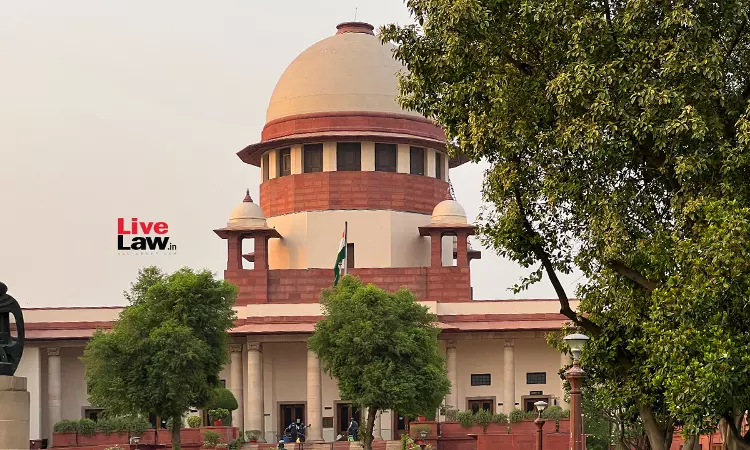Judicial Services| Plea To Increase Quota For LDCE & Reduce Eligibility Years : Supreme Court Refers To 3-Judge Bench
Awstika Das
18 Jan 2023 10:00 AM IST

Next Story
18 Jan 2023 10:00 AM IST
Last week, the Supreme Court directed a batch of applications seeking, inter alia, an enhancement of the number of seats reserved for promotion to higher judicial services through a limited departmental competitive examination (LDCE), and the reduction in the requirement of 10 years minimum qualifying service to seven years for successful LDCE candidates. A division bench...
